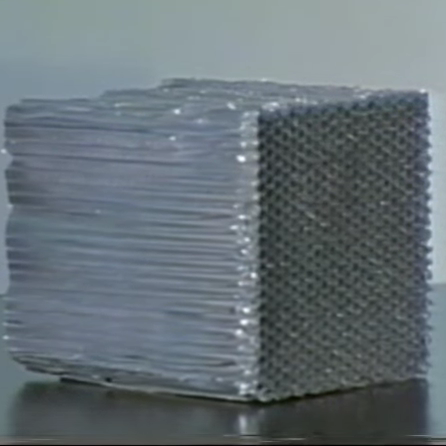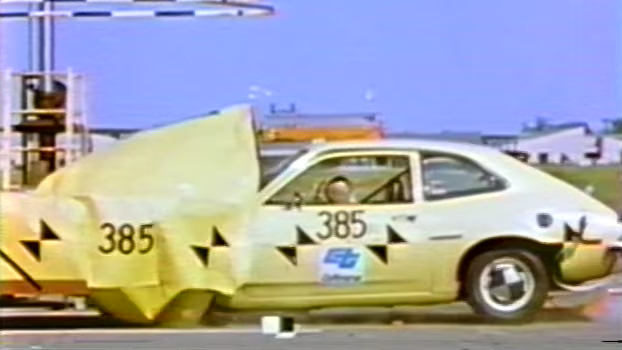Retrotechtacular: Crash Testing Truck Attenuators for Science
It’s been over 40 years since the California Department of Transportation conducted crash tests on their truck-mounted attenuators. While some may hesitate to consider this early 1980s footage as “Retrotechtacular,” it’s a significant milestone worth acknowledging.
For those unfamiliar with truck-mounted attenuators, they are large boxes attached to the back of trucks in highway work zones. Their purpose is to absorb the impact in the event a car collides with the truck. Although common today, the idea was still relatively new in 1982 when this film was produced, justifying the need for crash tests.

The California Department of Transportation spared no vehicles during their crash tests. The film documents 18 cars of various makes and models, along with one heavily damaged dump truck. The initial control crashes without attenuators were predictably disastrous, especially for cars from the 1970s. The crash tests featured a crash test dummy named “Willie Makeit,” potentially related to the more renowned “Buster” from another crash test video.
Rather than purchasing commercial attenuators, Caltrans chose to test their own designs, all of which utilized Hexcell, a honeycomb aluminum material. The aluminum used was an impressive 7/10,000ths of an inch thick, comparable to standard kitchen aluminum foil.
The attenuators performed exceptionally well, with one standout design consisting of increasingly larger Hexcell blocks to gradually cushion the impact. Both large cars and smaller models were used for testing purposes. Interestingly, Caltrans appeared to acquire a significant number of 1972 Matadors for the large car category. It’s worth mentioning that “Killer” is an unfortunate choice for a car name.
The crash tests were DIY-style, conducted on a stretch of asphalt without a sophisticated testing lab. A wire-guided mechanism launched the cars, and impact velocity for unrestrained objects inside the car was measured using a homemade method. A clear plastic container with a sliding weight triggering a light at the front of the tube served as the velocity indicator. Successful tests ensured impact velocities stayed below 27 mph (43 km/h), equivalent to the speed one would achieve after diving off a three-story building.
We commend Caltrans for their dedication and taxpayer investment in these crash tests, as they played a critical role in improving motor vehicle safety since the 1980s. Thanks to advancements like these, modern vehicles are far more likely to protect occupants in the event of an accident.
Special thanks to [JohnU] for the tip.


